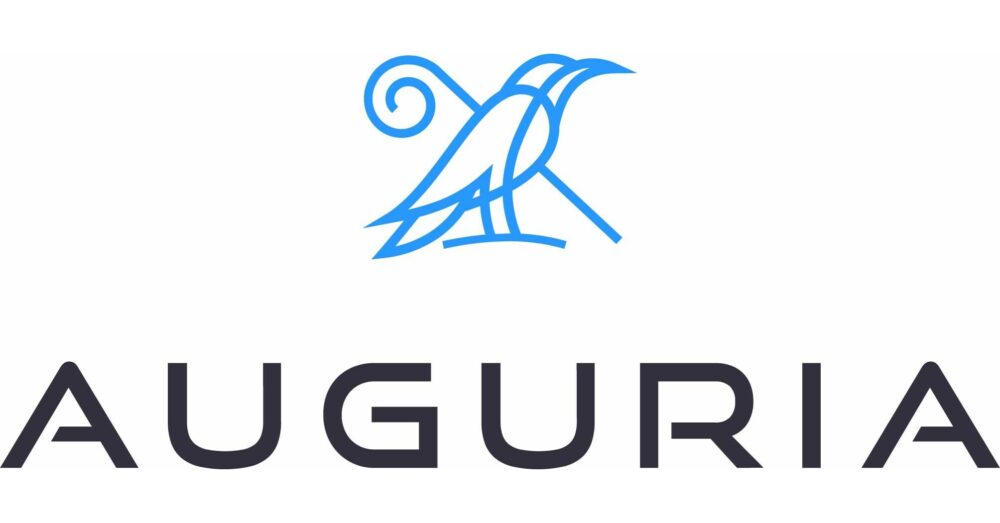Photo Gallery
 |
Auguria, Inc. Security Knowledge Layer

Additional Info
| Company | Auguria |
| Company size | 10 - 49 employees |
| World Region | North America |
| Website | https://auguria.io/ |
NOMINATION HIGHLIGHTS
The Auguria Security Knowledge Layer™ (SKL) is designed to address the challenge of data overload faced by modern Security Operations Centers (SOCs). It is engineered to automatically ingest, classify, and prioritize vast amounts of security telemetry data, enabling organizations to focus on the critical 1% of information that matters most. By leveraging advanced artificial intelligence and a proprietary ontology framework the SKL minimizes noise and enhances actionable insights for rapid decision-making.
At its core, the SKL employs AI-powered classification and prioritization mechanisms. Using vector embeddings, it organizes security events into hierarchical categories, enriched with context to enable deeper human understanding and faster incident triage. Events are labeled into actionable tiers: Normal, Abnormal, and Detection with variable scaled scoring within each tier. This layered approach equips SecOps with low-friction information for pinpointing high-priority threats while ensuring comprehensive coverage.
Unlike traditional tools that rely on rigid rules and manual configurations, the Auguria SKL uses dynamic data science models to mathematically coalesce inbound security events, telemetry, and logs eliminating the need for constant rule maintenance. This adaptability reduces analyst workloads by 35% on average eliminating onerous data wrangling and optimizes storage and operational costs by automatically diverting non-critical data to less expensive storage. It supports data from over 350 security products and integrates with security operations technologies, including SIEM, XDR, and security data lakes, helping users to break open vendor silos to build optimized security operations architectures.
Key Capabilities / Features
AI-Powered Threat Identification: The SKL leverages advanced AI and vector embeddings to detect anomalies, unusual activities, and outliers across vast datasets, ensuring accurate and timely threat detection at scale.
Proprietary Ontology for Contextual Detection: Events are mapped to a three-layered ontology, enriching raw data with hierarchical context. This allows the system to categorize events as Normal, Abnormal, and Detection, providing clear, actionable insights for threat detection.
Dynamic Anomaly Detection: The SKL employs vector analysis and machine learning to identify patterns and deviations from normal behavior, enabling detection of unknown threats without relying on pre-configured rules or signatures.
Real-Time Event Correlation: Automatically groups related events across data sources to uncover larger attack patterns or ongoing campaigns, giving SOC teams a comprehensive view of emerging threats.
Hybrid Vector Space for Enhanced Detection: Combines dense and sparse vector embeddings to identify threats based on both semantic meaning and specific terms, ensuring precision even for novel or ambiguous data inputs.
Dynamic Models: Continuously adapts to changing threat detections and data drift without manual tuning, ensuring up-to-date and effective threat visibility for evolving attack methods.
Explainable AI for Threat Validation: All prioritized threats enable analysts to validate findings with confidence and act decisively.
High-Fidelity Detection at Scale: Processes petabytes of data, ensuring that no critical threat indicators are missed while maintaining efficiency and speed.
Cost-Effective Threat Detection: Optimizes data processing and storage costs by filtering and prioritizing critical security events, making threat detection accessible and sustainable for organizations of any size.
How we are different
Context-Enriched Threat Detection: Auguria’s Security Knowledge Layer™ uses a proprietary ontology and AI-driven vector embeddings to enrich every event with context, providing SOC teams with a clear understanding of why an event is normal, anomalous, or a high-confidence threat. This goes beyond basic detection, enabling faster, more accurate responses.
Real-Time Correlation and Precision: The SKL combines dense and sparse vector embeddings to detect threats based on both semantic meaning and specific terms, ensuring precision in identifying both known and unknown threats. Its ability to correlate related events in real-time uncovers hidden attack patterns, giving organizations a critical edge in proactive threat detection.
Self-Learning and Adaptability: Unlike static, rule-based systems, The SKL employs advanced AI models that continuously adapt to evolving alerts without requiring manual rule updates or playbook maintenance. This ensures its threat detection capabilities remain effective and future-proof.

Vote by Sharing
- Like
- Digg
- Tumblr
- VKontakte
- Buffer
- Love This
- Odnoklassniki
- Meneame
- Blogger
- Amazon
- Yahoo Mail
- Gmail
- AOL
- Newsvine
- HackerNews
- Evernote
- MySpace
- Mail.ru
- Viadeo
- Line
- Comments
- SMS
- Viber
- Telegram
- Subscribe
- Facebook Messenger
- Kakao
- LiveJournal
- Yammer
- Edgar
- Fintel
- Mix
- Instapaper
- Copy Link
Each completed social share counts as a vote for this award nomination.



